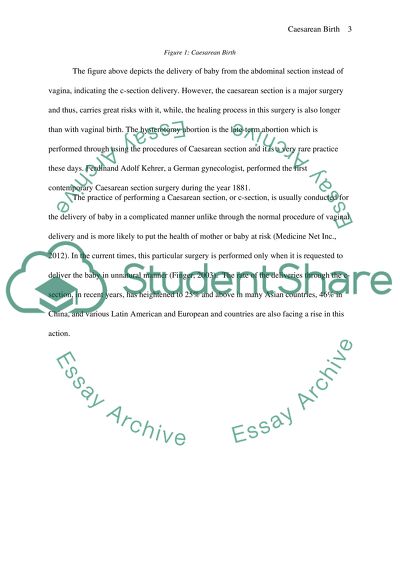Cite this document
(“All Women Should Have the Right to Caesarean Birth, Even if There Is Research Paper”, n.d.)
All Women Should Have the Right to Caesarean Birth, Even if There Is Research Paper. Retrieved from https://studentshare.org/family-consumer-science/1452191-all-women-should-have-the-right-to-caesarean-birth
All Women Should Have the Right to Caesarean Birth, Even if There Is Research Paper. Retrieved from https://studentshare.org/family-consumer-science/1452191-all-women-should-have-the-right-to-caesarean-birth
(All Women Should Have the Right to Caesarean Birth, Even If There Is Research Paper)
All Women Should Have the Right to Caesarean Birth, Even If There Is Research Paper. https://studentshare.org/family-consumer-science/1452191-all-women-should-have-the-right-to-caesarean-birth.
All Women Should Have the Right to Caesarean Birth, Even If There Is Research Paper. https://studentshare.org/family-consumer-science/1452191-all-women-should-have-the-right-to-caesarean-birth.
“All Women Should Have the Right to Caesarean Birth, Even If There Is Research Paper”, n.d. https://studentshare.org/family-consumer-science/1452191-all-women-should-have-the-right-to-caesarean-birth.


